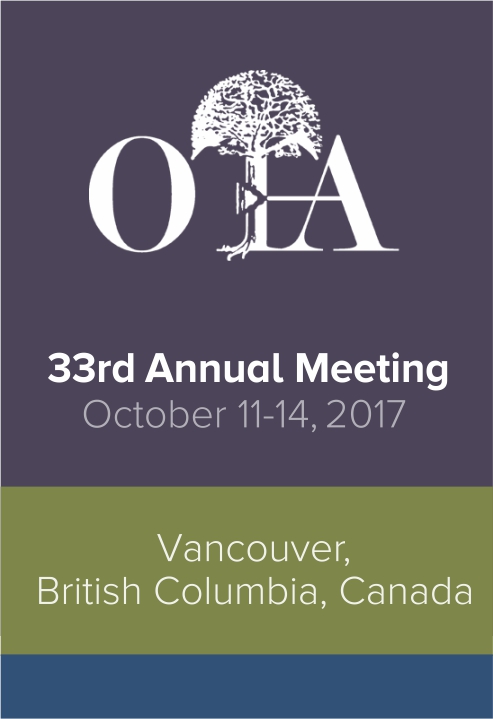TRY OUR AI DRIVEN HIGH IMPACT SEARCH FEATURE!
Our AI driven High Impact metric calculates the impact an article will have by considering both the publishing journal and the content of the article itself. Built using the latest advances in natural language processing, OE High Impact predicts an article’s future number of citations better than impact factor alone.
High Impact 

Search Accuracy

Date Range
toReport Types
Specialties
See all (18)
OE Recommends Topics
Multimedia
ACE Report Journals
Conference Series
Themes
Learn about our AI Driven
High Impact Search Feature
Our AI driven High Impact metric calculates the impact an article will have by considering both the publishing journal and the content of the article itself. Built using the latest advances in natural language processing, OE High Impact predicts an article’s future number of citations better than impact factor alone.
Continue



 LOGIN
LOGIN

